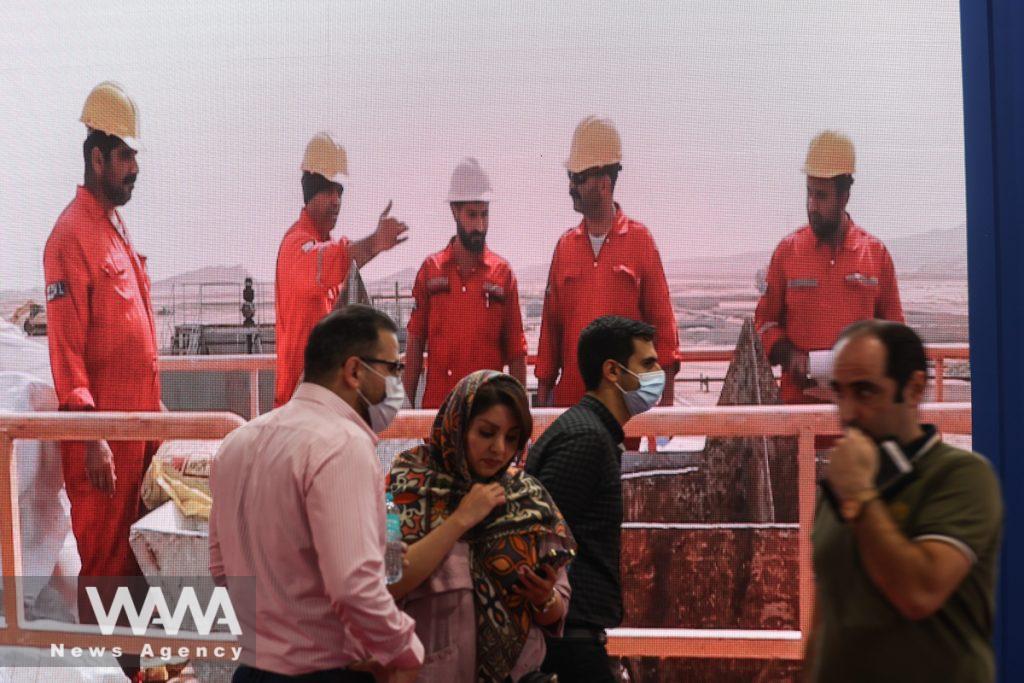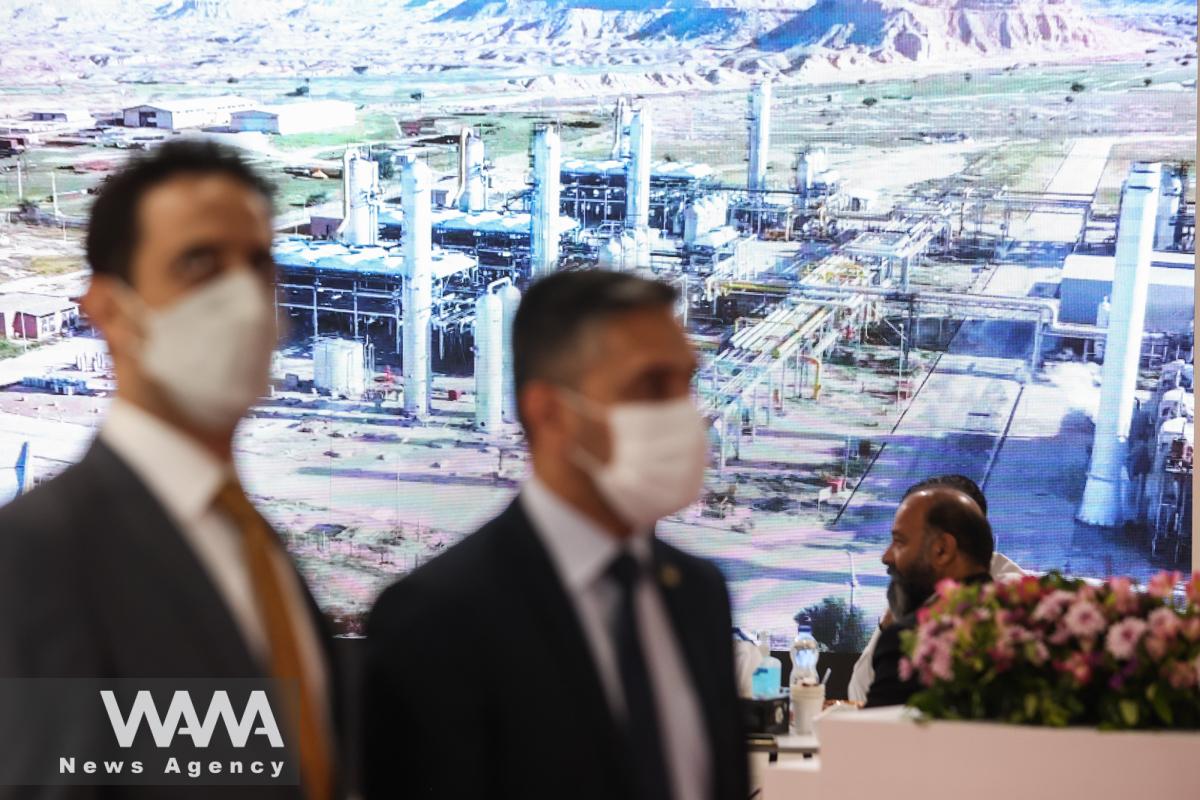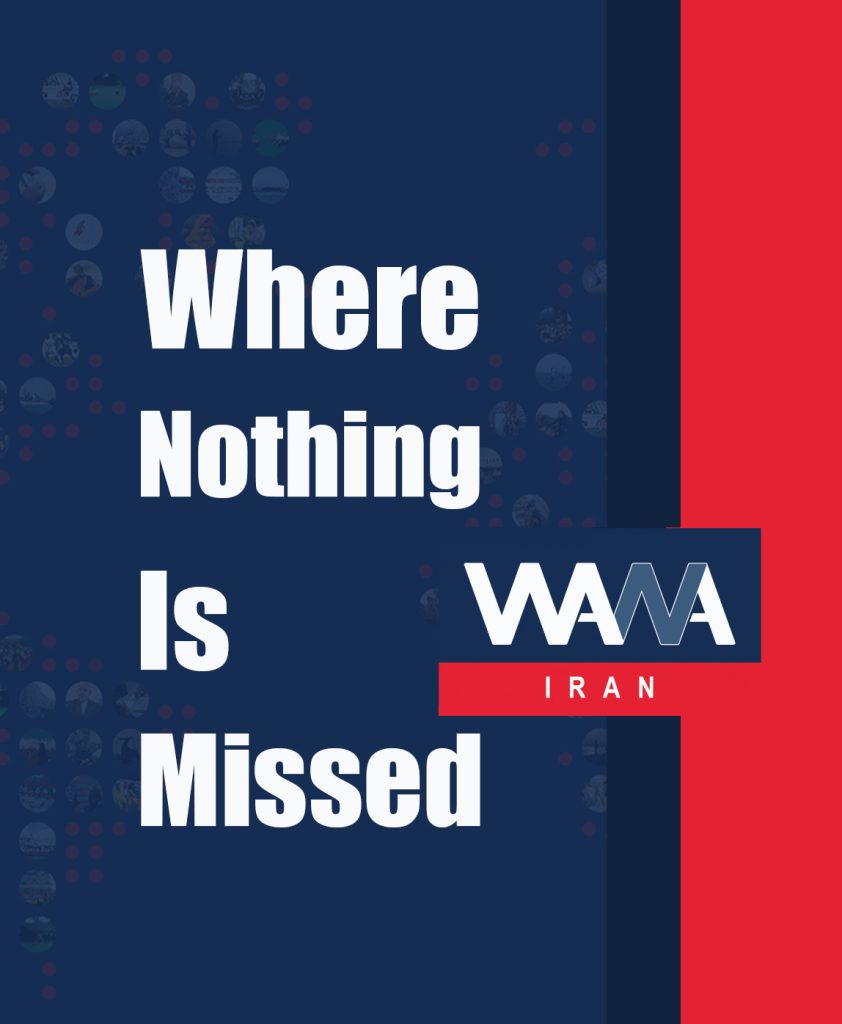All the oil successes of the late Raisi government
WANA (June 07) – When Donald Trump, then-President of the United States, formally withdrew from the JCPOA (Joint Comprehensive Plan of Action), oil officials in Hassan Rouhani’s twelfth administration (Hassan Rouhani’s government in Iran) fearfully predicted that Iran might only manage to sell 100,000 barrels of oil per day.
Some key figures in Hassan Rouhani’s government attempted to undermine Seyyed Ebrahim Raisi’s succeeding administration by asserting that oil sales would drop to zero under the new president. However, two and a half years into Raisi’s administration, events transpired that sent the U.S. Secretary of State to the Senate.
The U.S. Secretary of State’s explanation indicated that all American sanctions to halt further Iranian oil sales have been ineffective, and the U.S. has failed to stop Iran’s oil sales under Raisi’s administration.
After the U.S. withdrawal from the JCPOA on May 8, 2018, Iran’s oil sales dropped to 100,000 barrels per day at one point. Although Trump’s actions never completely halted Iran’s oil sales, the country experienced a severe decline in production and exports. In 2020, oil production hit its lowest in 25 years, at 1.9 million barrels per day.
Additionally, about 90 million barrels of oil and condensates remained unsold on tankers. However, with the change in administration in September 2021, the decline in Iran’s oil production and export sector ceased. According to reports from reputable energy agencies worldwide, Iran’s oil production in 2023 averaged 2.99 million barrels per day, 440,000 barrels more than in 2022. In the latest report from the International Energy Agency in April 2024, Iran set a new record with 3.3 million barrels per day, nearing a stable production capacity of about 3.8 million barrels per day. The 90 million unsold barrels, which had been a daily maintenance cost for Iran, were entirely sold.
These statistics indicate that oil production and exports have increased since 2022 with the advent of Ebrahim Raisi’s administration. According to the latest figures announced by the Financial Times, they have returned to pre-maximum-sanction levels from the Trump administration. Additionally, revenue collection from oil sales saw a significant increase.

A view of the oil exhibition in Tehran, Iran, May 14, 2022. Majid Asgaripour/WANA (West Asia News Agency)
In 2023, oil revenues were 2.5 times higher than the previous year, highlighting the positive impact of increased oil exports on the country’s foreign exchange resources.
One of the achievements of the thirteenth administration has been the increased oil sales and finding new customers. This was deemed impossible during Hassan Rouhani’s administration (close to the reformists), which claimed to have the best oil minister. Reportedly, Rouhani once stated in a meeting that “if anyone can sell 200,000 barrels of oil a day, we will appoint them as the oil minister.”
It remains to be seen whether the reformist government managers, who mocked the words of the late Seyyed Ebrahim Raisi, will now acknowledge that many of the inefficiencies in oil production and export were due to their inaction. Will the reformist faction continue to tie the country’s capacities to the negotiation table in the upcoming election campaigns?













User comments